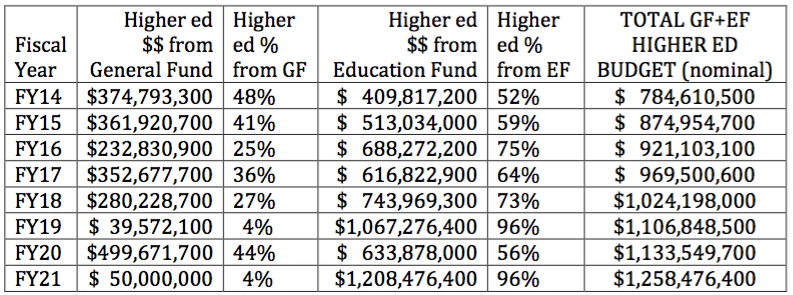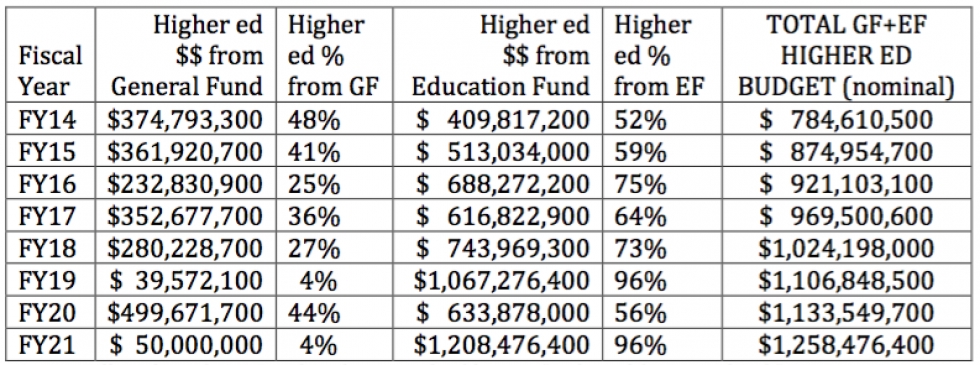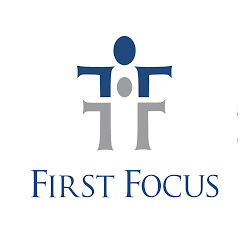With Amendment G winning 54% of the vote this month, many of our partners and supporters have been asking us: What’s going to happen next?
What changes will result from this Constitutional amendment going into effect January 1, 2021, along with the legislation triggered by it (HB 357)?
The short answer is, “Probably not a lot, at least not immediately, but possibly quite a bit over the long term.”
As a result of the passage of Amendment G, the Utah Constitution Article XIII, Section 5, paragraph 5 changes from
“All revenue from taxes on intangible property or from a tax on income shall be used to support the systems of public education and higher education as defined in Article X, Section 2.”
to the following:
“All revenue from taxes on intangible property or from a tax on income shall be used:
(a) to support the systems of public education and higher education as defined in Article X, Section 2; and
(b) to support children and to support individuals with a disability.”
The state’s budget leaders sought this change because they expect the long-term trend to continue of Utah’s higher education budget shifting from the General Fund (which is financed mainly by the sales tax) to the Education Fund (which is financed mainly by the income tax). This shift has made it possible to make more of the General Fund available for social and healthcare services. But once higher ed has shifted completely out of the General Fund, something expected to happen in the coming years, then budget writers will no longer have a mechanism to free up additional funds to meet the state’s obligations for healthcare and social services. This concern is what drove the decision to place on the ballot a Constitutional amendment to allow budget writers to begin to shift additional items (services for children and for Utahns with disabilities) out of the General Fund and have them financed by the income tax.
In the FY21 budget passed by the Legislature in March and then adjusted in June (the FY21 budget year runs from July 1, 2020 through June 30, 2021), just 4% of the higher education budget came from the General Fund and the remaining 96% from the Education Fund. The chart below shows how the higher education budget has been divided between the two funds in recent fiscal years:

Source: Office of Legislative Fiscal Analyst annual publication “Budget of the State of Utah” at https://le.utah.gov/asp/lfa/lfareports.asp?src=LFAAR
While the trend has not been a straight line, the general direction has been to shift the higher education budget out of the General Fund and into the Education Fund. And, indeed, two of the last three budgets have seen 96% of the higher education budget come out of the Education Fund.
This trend has also been facilitated by the fact that income tax revenue has been growing faster than sales tax revenue.
Assuming these trends continue, we can expect to see the FY22 and future year budgets begin to make gradually increasing use of income tax revenue to finance social and healthcare services for children and Utahns with disabilities, two items that until now were only funded from sales tax revenue (through the General Fund).
What will be the impact of Amendment G on education funding?
As part of the political deal that produced Amendment G, the Legislature passed HB 357, with implementation contingent on voter approval of Amendment G. HB 357 contains three main provisions intended to provide education advocates with compensation for losing the Constitutional earmark of the income tax for education:
- It requires that “when preparing the Public Education Base Budget, the Office of the Legislative Fiscal Analyst shall include appropriations to the Minimum School Program from the Uniform School Fund… in an amount that is greater than or equal to:
(a) the ongoing appropriations to the Minimum School Program in the current fiscal year; and
(b) … enrollment growth and inflation estimates…”
This is intended to avoid what happened in the Great Recession a decade ago, when annual appropriations were not sufficient to keep up with inflation and enrollment growth, and it took almost a decade to restore real per-student education appropriations.
- It requires that 15% of education revenue growth go into a new “Public Education Economic Stabilization Restricted Account” to be saved for recessions until it reaches 11% of the full Uniform School Fund. This is intended to build up a new reserve fund of about $400 million to finance the first commitment mentioned above, the commitment that education funding will always increase by enough to cover enrollment growth and inflation, even in times of recession. This new annual 15% savings requirement will mean smaller education funding increases in good times and larger ones in bad times, in effect smoothing out the annual changes in education funding. It does not change the overall amount available for education budgets over the full course of each economic cycle.
- HB 357 allows local districts to reallocate capital funds to cover operating expenses in recession years. This is something that was allowed on a one-time basis in the Great Recession a decade ago. Now it will be allowed in any year when the Legislature makes use of the new Public Education Economic Stabilization Restricted Account.
What impact will Amendment G and HB 357 have on funding for social and healthcare services for children?
On the positive side, budget writers will now have increased flexibility to use income tax revenues that are now going to education for social and healthcare services for children and Utahns with disabilities. On the negative side, there are no new revenue streams and no rolling back of past tax breaks, and HB 357 does promise an increased commitment to education in recession years (presumably including the current one), so that seems to imply that there will be less available for everything other than education, at least in the short term.
What impact will this have in the coming year?
This depends on how much revenue there is. Will there be enough new education revenue to cover inflation and enrollment growth? And if not, how will the state budget cover that commitment supposedly contained in HB 357 since the new Public Education Economic Stabilization Restricted Account does not yet have any money in it? The Legislature may face the same difficult choices as in the last recession a decade ago between funding enrollment growth and inflation in the education budget or funding life-saving social and healthcare services. And if they choose to keep their promise to fund enrollment growth and inflation in the education budget in the absence of sufficient education revenues, then that commitment will come at the expense of other areas of the state budget, such as social and healthcare services for children.
One wild card here is the question of how the calculations will be impacted by the unprecedented drop in student enrollment that was reported this fall. Student enrollment had been projected to grow by 7,000; instead it fell by over 2,000. This drop is probably a temporary blip due to the impacts of the COVID-19 pandemic. But the Legislature may see it as an opportunity to go with a low-ball estimate of enrollment for FY22 when it meets to pass that year’s budget this coming winter. Doing so would certainly make it easier to keep its commitment to fund enrollment growth and inflation even in the current downturn.
What impact will this new arrangement have in the longer term?
On the negative side, the fact that Amendment G and HB 357 provide for no new revenue streams to roll back any of what now amounts to $2.4 billion every year in tax breaks enacted since 1995 (18% of public revenues) does not bode well for education, for social and healthcare services for Utahns in need, or for any of the many areas of state responsibility that suffer from chronic revenue shortages because of these revenue losses.
On the positive side, the promise made by the state’s leaders to always at least fund inflation and enrollment growth could potentially lead to an increased commitment of existing state resources to education than might have otherwise taken place. If that happens, and since the need for resources in other areas is not going to change, there is the possibility that members of the state’s budget leadership might move closer to public opinion, which has expressed consistent -- and growing -- willingness to pay more to achieve improvements in areas of state responsibility like education, transportation, and air quality, as evidenced by the results of the following public opinion surveys this year:
If that happens, then we will be able to say that Amendment G led to positive changes in state fiscal policy for the benefit of all of Utah’s children. But if not, then we may well be in for many years of budget writers using their newfound flexibility to grant substantial increases to one area of the budget one year and another the next, making different areas of the budget compete with each other to be that year’s “favored child,” but leaving none better off in the long run.
THIS PAPER IS ALSO DOWNLOADABLE AS A PDF HERE.
WE ALSO PRESENTED THIS PAPER AS A SLIDESHOW ON A FACEBOOK LIVE EVENT: https://www.facebook.com/watch/live/?v=380455343223086&ref=watch_permalink






